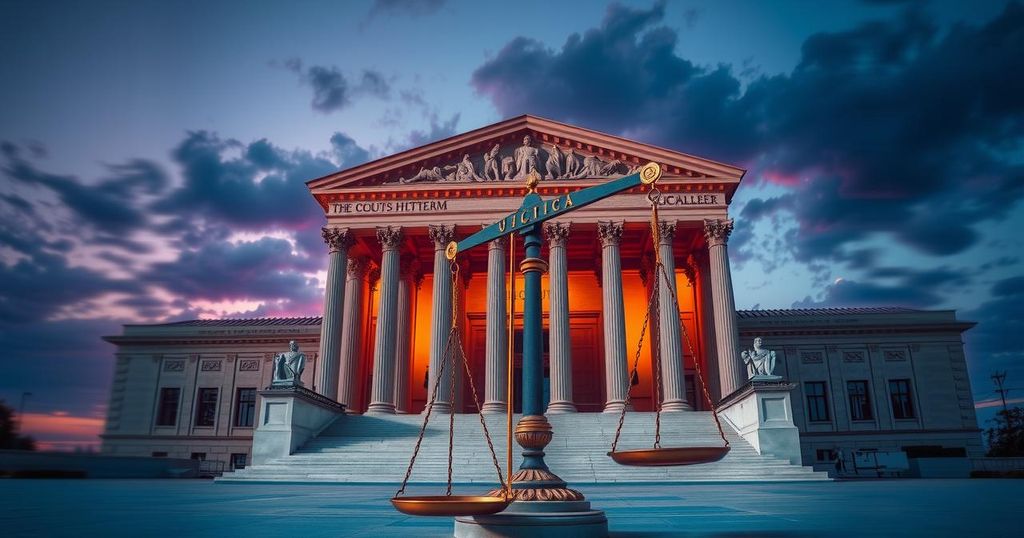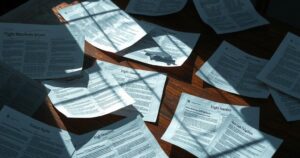Wisconsin’s Supreme Court Election: A Battleground for Political Ideologies in 2025

The 2025 Wisconsin Supreme Court election, centered around a critical seat, is expected to be one of the most expensive and contentious. It features liberal Susan Crawford versus conservative Brad Schimel, with implications for control of the court and the enforcement of a historical abortion ban. Heightened activities from both political parties indicate the strategic significance of this election in shaping state and national issues.
Wisconsin’s Supreme Court election this spring, though deciding only one seat, is proving to be a major political clash, projected to outpace the previous $51 million spending record in the state. The race features liberal Dane County Circuit Judge Susan Crawford against conservative Waukesha County Circuit Judge Brad Schimel. The outcome will influence control over the court and could determine the future of a 19th-century abortion ban amidst pivotal political dynamics following Donald Trump’s presidency.
The April 1 election, although officially nonpartisan, is drawing significant financial and strategic involvement from political actors on both sides. High-profile donors like George Soros and Diane Hendricks have contributed to state party committees, which then funnel funds to the candidates. Additionally, ads from Elon Musk’s affiliated group have surfaced, demonstrating the election’s far-reaching implications.
Political experts describe the contest as a critical test of voter sentiment in a key swing state where the Republican-controlled legislature and Democratic governor creates a complex political landscape. Barry Burden from the University of Wisconsin-Madison states that this election could shape the judicial landscape as it tackles highly charged issues such as abortion and workers’ rights.
Campaign activities are already intensifying, with former U.S. Attorney General Eric Holder planning to support Crawford, while Schimel has welcomed endorsement opportunities from Trump. Democrats view the election as crucial to determining whether Wisconsin will adopt judicial safeguards against Trump-aligned policies, where the Supreme Court could act as a check on the administration’s decisions.
Republicans contend that a liberal majority could undermine existing laws, such as those limiting collective bargaining rights. Representative Tyler August expressed concerns that a court dominated by liberal ideologies would disregard the legislative process, focusing instead on activist rulings, indicating a critical voter decision ahead.
The Wisconsin Supreme Court holds unique significance as a battleground for broader nationwide political beliefs, especially given the state’s role as a swing state in presidential elections. Courtesy of a narrow voter margin from recent elections, both parties see this election as an opportunity to gauge their strength and strategy moving forward amid shifts in voter sentiments.
Candidates Crawford and Schimel plan their first debate on March 12, set against a backdrop of heightened political engagement and fundraising efforts from both parties. Ads and narratives have emerged targeting key issues such as abortion, crime, and voter integrity. Each party aims to leverage its messages to maximize voter turnout ahead of the upcoming election.
The Wisconsin Supreme Court election represents a significant political battle that could influence key issues like abortion and judicial philosophies. As candidates Susan Crawford and Brad Schimel prepare to face off, major financial backing from influential figures underscores the race’s high stakes. With both parties mobilizing resources and strategizing for maximum voter impact, the outcome will highlight public sentiment in a crucial swing state, shaping future legislative directions and party strategies nationwide.
Original Source: www.cnn.com







